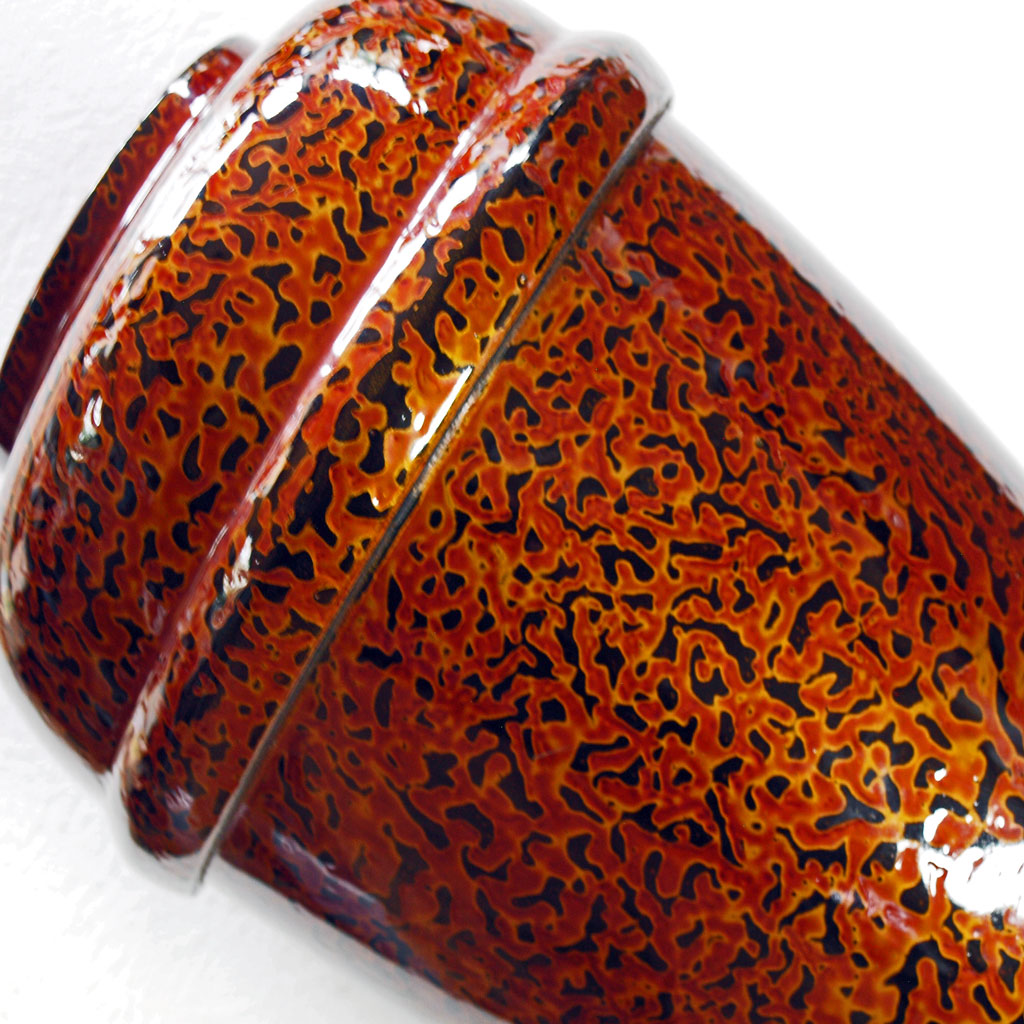
The "time" of Kiso lacquerware: a discovery made in a wholesaler's storehouse
Is it okay for someone who isn't a craftsman to talk about lacquerware?
I am not a craftsman. I have never applied lacquer or carved wood. I work at a lacquerware wholesaler in Kiso, and spend my days facing the time-honored vessels in the storehouse.
The items sleeping in the storehouse are not second-hand goods. They are vessels that were once made but for one reason or another were left unsold. Some are made of plastic. Some have flashy patterns. To be honest, not all of them are what you might call "masterpieces of traditional crafts."
At first, I was a little worried about that, but now I'm okay with it.
Wholesalers stand between artisans and consumers. They have handled a wide variety of products, responding not only to the ideals of artisans or the convenience of consumers, but also to the "needs" of each era. In a sense, the diversity within the storehouse is a testament to that history.
One day, I suddenly realized something.
When you pick up lacquerware that has lain dormant in a storehouse for years, or even decades, you notice a texture that is clearly different from new items. With wooden items, the wood has settled over time. The lacquer continues to harden slowly, changing its luster. While plastic deteriorates over time, wood and lacquer "mature."
Through this work, I have gradually come to understand that this is the essence of lacquerware .
The world of artisans is wonderful. But perhaps wholesalers who handle pottery that has been around for a long time also have a unique role to play. Perhaps that role is to add another craftsman called "time."
When I pick up a piece of pottery that I've taken out of the storehouse, I sometimes wonder: When was this tree cut down? How old is it? What kind of forest did it grow in? What kind of craftsman did it go through before it got here?
I'm not a craftsman, so I'm not qualified to talk about technical aspects. However, as a wholesaler, I have the role of passing these vessels ( their vitality ) on to the next person. Not as perfect works of art, but as unique pieces that have been created over time.
We place great importance on the word " lacquer style."
It's not the perfection of a new item, but the appreciation of its uneven appearance and the taste it acquires over time. The artisan makes it, time nurtures it, the wholesaler watches over it, and then you use it. I believe that the true richness of Kiso lacquerware lies in this chain.
I'm not a craftsman or an artisan. I'm just a wholesaler. But I think that's exactly why I can see things.
Whenever I look at the pottery in the storehouse, I think to myself, "These are not unsold items. They are simply waiting for their turn."
Shop owner


